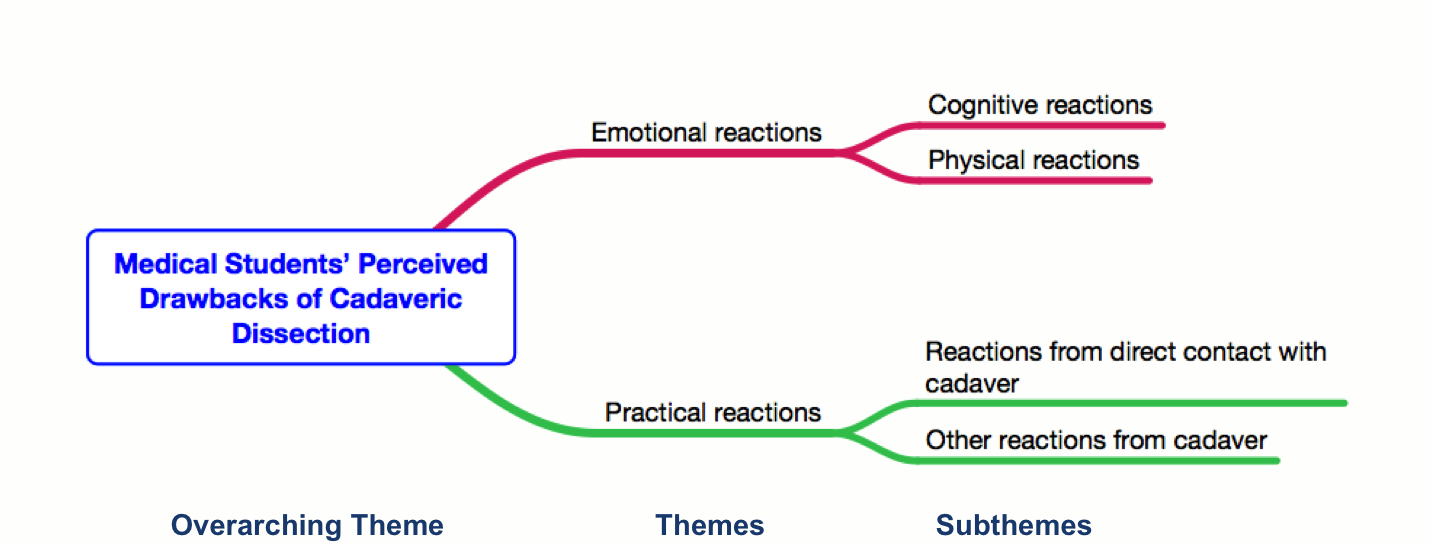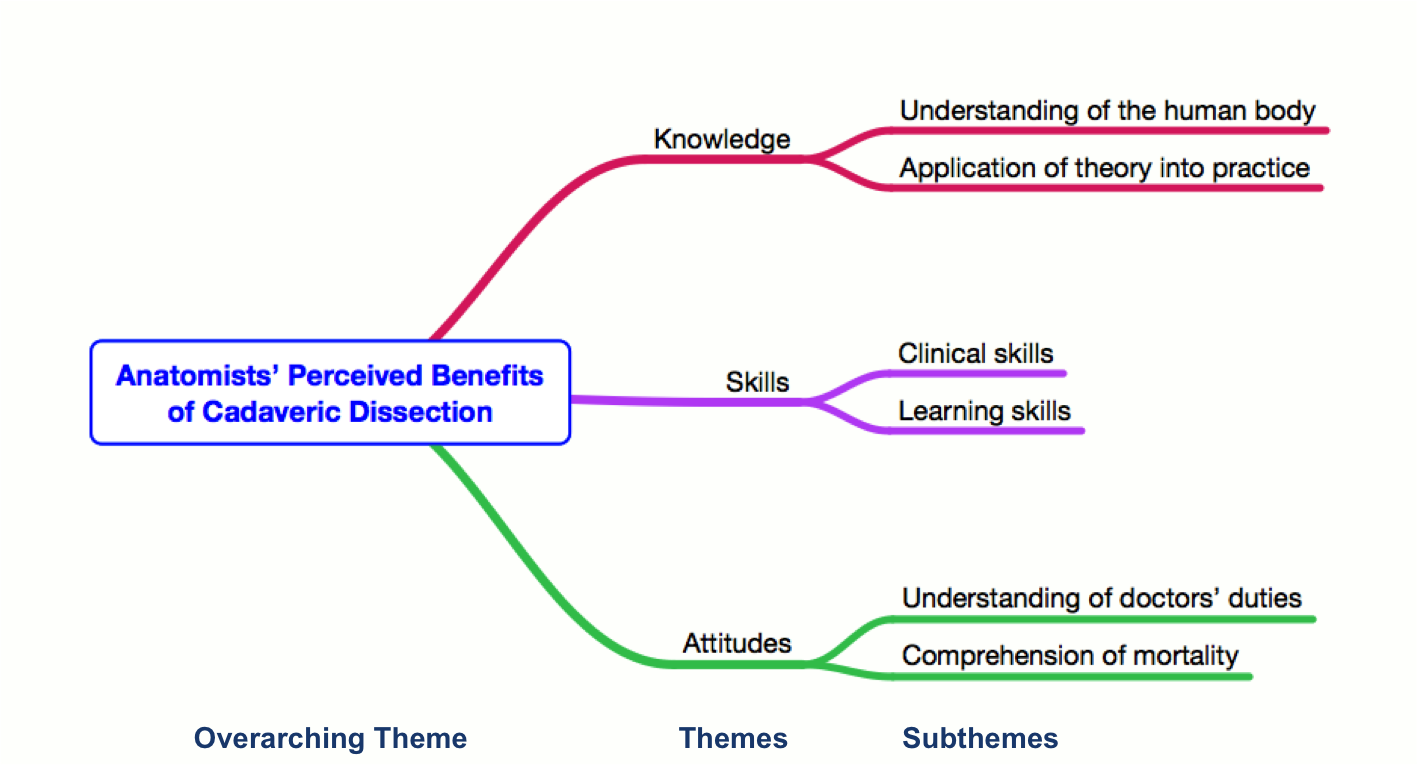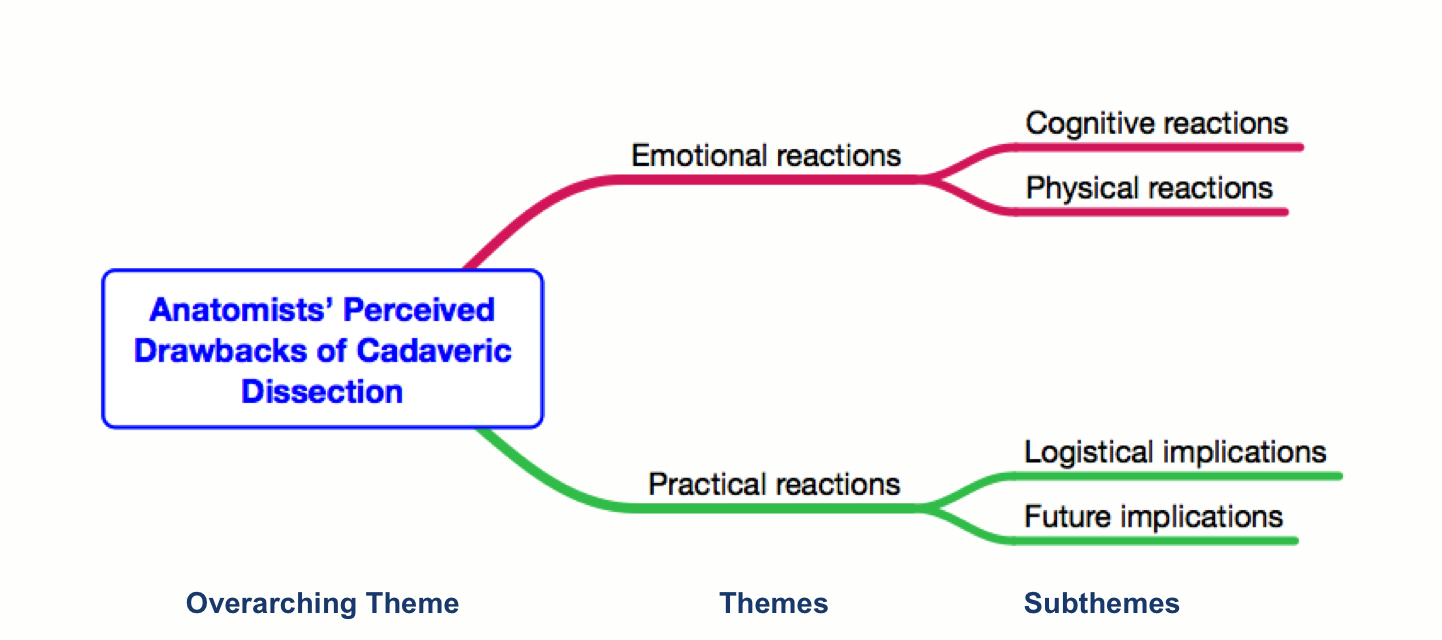


Theme
5BB Team Based Learning/Learning anatomy
INSTITUTION
Keele University
Newcastle University
abhishek.chitnis@nhs.net

INTRODUCTION
- Gross anatomy - the ‘cornerstone of medical education’.1,2,3
- Anatomy has been described to underpin clinical practice.1
- Human cadavers used in anatomy teaching for over 500 years.4
- Andreas Vesalius - ‘father of modern anatomy’.
- Up until the 19th century, cadavers were often obtained illegally through grave robbing and from mortuaries.
- Anatomy Act of 1832/1984 and Human Tissue Act 2004 have provided physicians, surgeons and students access to cadavers.
- Anatomy traditionally taught through cadaveric dissection supplemented by didactic lectures.
- In 1992, 20 out of 25 UK medical schools utilised cadaveric dissection.5
- New innovative anatomical teaching modalities including CAL, radiological imaging and anatomical models are said to appeal to an expanding and increasingly diverse student population.6
- Anatomy education has entered another Renaissance - many medical schools, for various other additional reasons, have removed cadaveric dissection, with two UK medical schools (Plymouth and Exeter) now having no cadaver-based teaching whatsoever.
AIM
To explore the existing literature to identify learners’ and teachers’ perceptions of cadaveric dissection, in order to provide insight into the possible impact of removing dissection from a medical curriculum.
OBJECTIVES
- To identify and describe medical students’ perceptions of the benefits and drawbacks of cadaveric dissection.
- To identify and describe anatomists’ perceptions of the benefits and drawbacks of cadaveric dissection.
METHODOLOGY
- Scoping literature review identified appropriate keywords, related terms and synonyms.
- Boolean logic and truncation ensured the literature search encompasses a wide range of suitable articles.
- Search applied to relevant medical education electronic databases and journals – Medline, Embase, BREI, AEI, ERIC and Scopus.
- Supplemented with a manual review of the literature - techniques utilised included snowballing, reference searching and popular author searching.
INCLUSION & EXCLUSION CRITERIA
Inclusion criteria
- English-language articles.
- Published in the past twenty years.
- Literature that focused on medical students’ or anatomists’ personal experiences, insights, attitudes or reflections.
Exclusion criteria
- Literature that was not judged to be predominantly qualitative in nature was excluded from the search.
- Grey literature, which describes unpublished literature or literature that is not easily accessible in the public domain, was excluded from this search.
CRITICAL APPRISAL
Evaluation Tool for Qualitative Studies7
- Good at assessing the descriptive, interpretive and evaluative validity of qualitative research compared to other critical appraisal tools such as the CASP Qualitative Critical Appraisal Tool and the Critical Appraisal Tool for Qualitative Studies.
- Specific questions relating to individuals’ perceptions.
DATA ANALYSIS
Thematic analysis8
- Previously been utilised to look at individuals’ perceptions, experiences and understandings from the literature.9,10
- Valid and reliable when looking at secondary data.11
- Can also be implemented on a variety of study types.
- Turney, B. W. (2007) 'Anatomy in a modern medical curriculum', Ann R Coll Surg Engl, 89(2), pp. 104-7.
- Sugand, K., Abrahams, P. and Khurana, A. (2010) 'The anatomy of anatomy: a review for its modernization', Anat Sci Educ, 3(2), pp. 83-93.
- Cho, M. J. and Hwang, Y. I. (2013) 'Students' perception of anatomy education at a Korean medical college with respect to time and contents', Anat Cell Biol, 46(2), pp. 157-62.
- McLachlan, J. C., Bligh, J., Bradley, P. and Searle, J. (2004) 'Teaching anatomy without cadavers', Med Educ, 38(4), pp. 418-24.
- GMC (1992) 'Recommendations on General Clinical Training', [Online].
- Collins, J. P. (2008) 'Modern approaches to teaching and learning anatomy', BMJ, 337, p. a1310.
- Long, A., Godfrey, M., Randall, T., Brettle, A. and Grant, M. (2002) Evaluation Tool for Qualitative Studies. University of Leeds, Nuffield Institute for Health, Leeds, United Kingdom.
- Braun, V. and Clarke, V. (2006) 'Using thematic analysis in psychology', Qualitative Research in Psychology, 3(2), pp. 77-101.
- Garcia, J., Bricker, L., Henderson, J., Martin, M. A., Mugford, M., Nielson, J. and Roberts, T. (2002) 'Women's views of pregnancy ultrasound: a systematic review', Birth, 29(4), pp. 225-50.
- Valderas, J., Ricci, N., Sarah, C. and Campbell, S. (2012) 'Patient Experiences of Patient Saftey in Primary Care. A systematic review of qualitative studies'.
- Long-Sutehall, T., Magi, S. and Addington-Hall, J. (2011) 'Secondary analysis of qualitative data: a valuable method for exploring sensitive issues with an elusive population?', Journal of Research in Nursing, 16(4), pp. 335-344.
- McLachlan, J. C. and Patten, D. (2006) 'Anatomy teaching: ghosts of the past, present and future', Med Educ, 40(3), pp. 243-53.
Research objective one: “To identify and describe medical students’ perceptions of the benefits and drawbacks of cadaveric dissection”
- Sixteen papers were included in the final study.
- Papers originated from a large international basis – UK and Ireland, Canada, Nigeria, India, Kenya, Jordan, Ethiopia, the Netherlands, the USA and France.
- Twelve of the sixteen papers employed a survey-based questionnaire.
- Two of the included papers interviewed medical students.
- One paper phenomenologically analysed journal entries.
- One paper paper prospectively evaluated medical students’ perceptions.


Research objective two: “To identify and describe anatomists’ perceptions of the benefits and drawbacks of cadaveric dissection”
- Seven papers were included in the final review.
- Papers originated from many different international sources – USA, Spain, Nigeria, Iran.
- All seven papers employed a survey-based questionnaire to collect data.


DISCUSSION/CONCLUSION
- Reduction in dissection can potentially impair a medical student’s anatomical knowledge.
- Decrease in dissection may also decrease medical students’ clinical and learning skills.
- However, much of this knowledge and many of these skills can be attained from other teaching modalities including prosection, anatomical models, CAL and living and radiological anatomy.12
- Reduction in dissection could negatively impair medical students’ personal and professional development.
- However, these principles can be learnt through specific external courses, causing the development of competent, compassionate and patient-centred clinicians.13
- The practise of cadaveric dissection has traditionally formed the basis of medical students’ learning of gross anatomy.
- This study gives an insight into what might be ‘lost’ if cadaveric dissection were to be completely cut out of the undergraduate medical curriculum.
- The question we must now answer as medical educators is:
‘What is the best way to teach anatomy to produce the most effective and efficient clinicians?’
 Send Email
Send Email